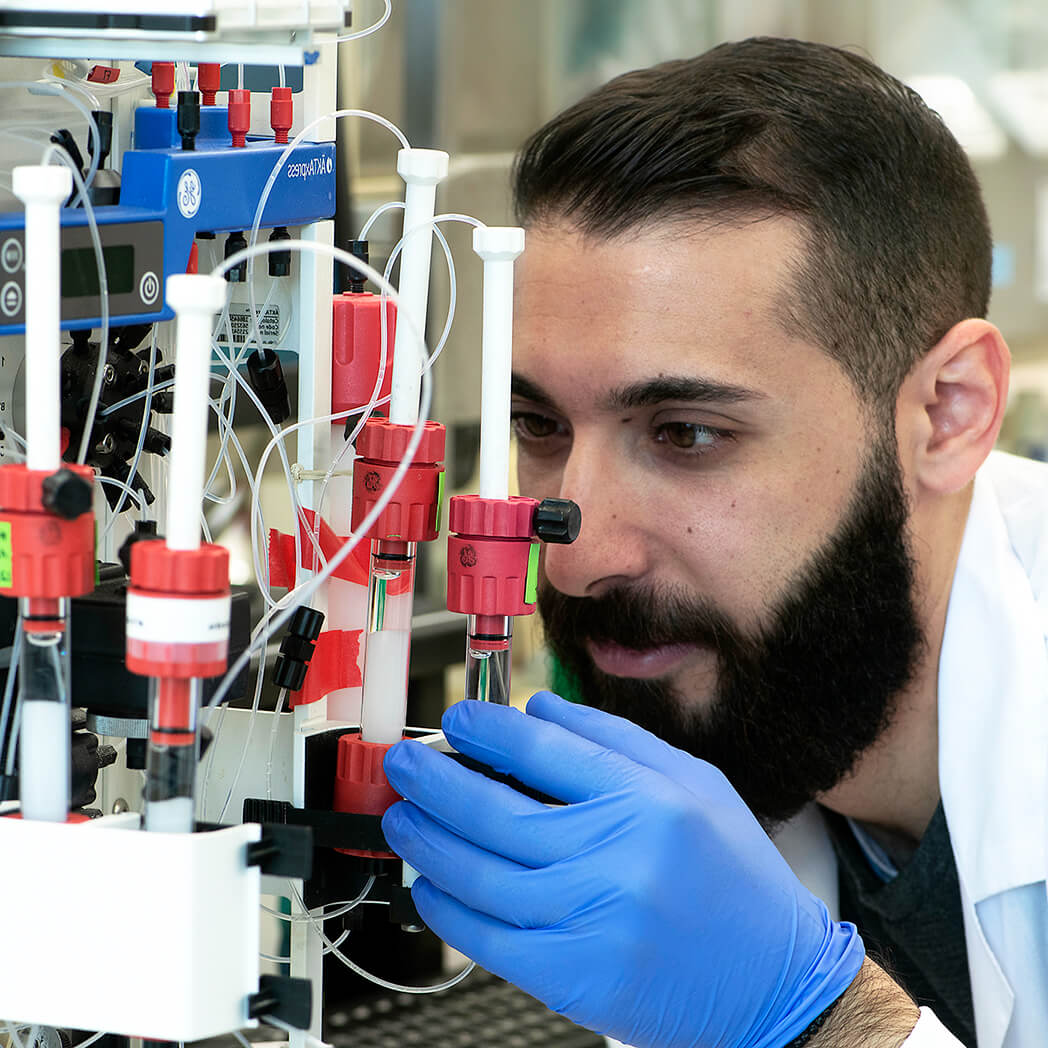Overview
- Kleyman, T.R. et al. (1988) J. Membr. Biol. 105, 1.
- Chu, X.P. et al. (2002) J. Neurophysiol. 87, 2555.
- Dai, X.Q. et al. (2007) Mol. Pharmacol. 72, 1576.
 Alomone Labs Amiloride hydrochloride blocks inward currents of ASIC3 channels expressed in Xenopus oocytes.A. ASIC3 currents were elicited by rapid exposure to pH 4.9 in physiological solution every 20 sec. Inhibition of the pH-dependent inward transients was achieved upon perfusion of 200 μM or 2 mM Amiloride hydrochloride (#A-140) (indicated by the horizontal bars). Membrane potential was held at 5 mV. B. Superimposed traces of ASIC3 current in the absence or presence of 200 μM or 2 mM Amiloride hydrochloride, as indicated (taken from the experiment in A).
Alomone Labs Amiloride hydrochloride blocks inward currents of ASIC3 channels expressed in Xenopus oocytes.A. ASIC3 currents were elicited by rapid exposure to pH 4.9 in physiological solution every 20 sec. Inhibition of the pH-dependent inward transients was achieved upon perfusion of 200 μM or 2 mM Amiloride hydrochloride (#A-140) (indicated by the horizontal bars). Membrane potential was held at 5 mV. B. Superimposed traces of ASIC3 current in the absence or presence of 200 μM or 2 mM Amiloride hydrochloride, as indicated (taken from the experiment in A).
- Kleyman, T.R. et al. (1988) J. Membr. Biol. 105, 1.
Amiloride is a well-known antagonist of ENaC, Na+/Ca2+, and Na+/H+ exchangers, nonselective cation channels, and voltage-gated K+ and Ca2+ channels1-8. It has been extensively used as a probe for a wide variety of transport systems1.
Acid-sensing ion channels (ASICs) are expressed in various sensory and central neurons. Six different ASIC subunits have been cloned, which are encoded by four genes (ASIC1–ASIC4). Amiloride is a nonselective ASIC blocker and the channels cloned all belong to the Amiloride-sensitive Na+-channel. The IC50 values for Amiloride block of ASIC in PC12 cells are 0.2-0.7 µM9, values which are ~10–20 times lower than its block of ASICs in central10 and sensory neurons11.
TRPP3, a member of the transient receptor potential (TRP) superfamily of cation channels, is a Ca2+-activated nonselective cation channel permeable to Ca2+, K+, Na+, Rb+, NH4, and Ba2+, inhibited by Mg2+, H+, La3+, and Gd3+ 12-13. TRPP3 is localized to a subset of taste receptor cells in the tongue, where it may play a crucial role in sour tasting, and to neurons surrounding the central canal of the spinal cord, where it may account for the long-sought proton-dependent regulation of the frequency of action potential. Amiloride inhibits TRPP3 channel activity in Xenopus oocytes with an IC50 value of 143 µM14.

